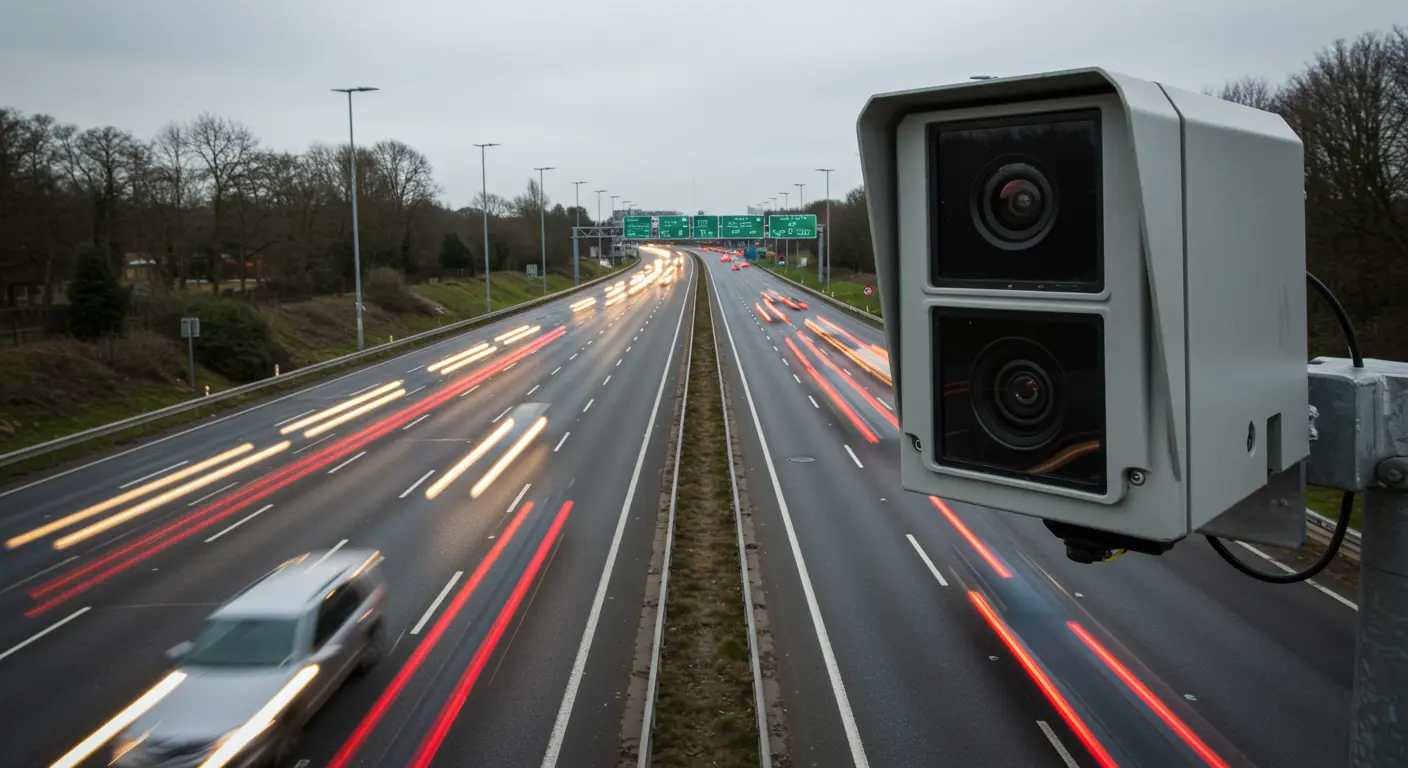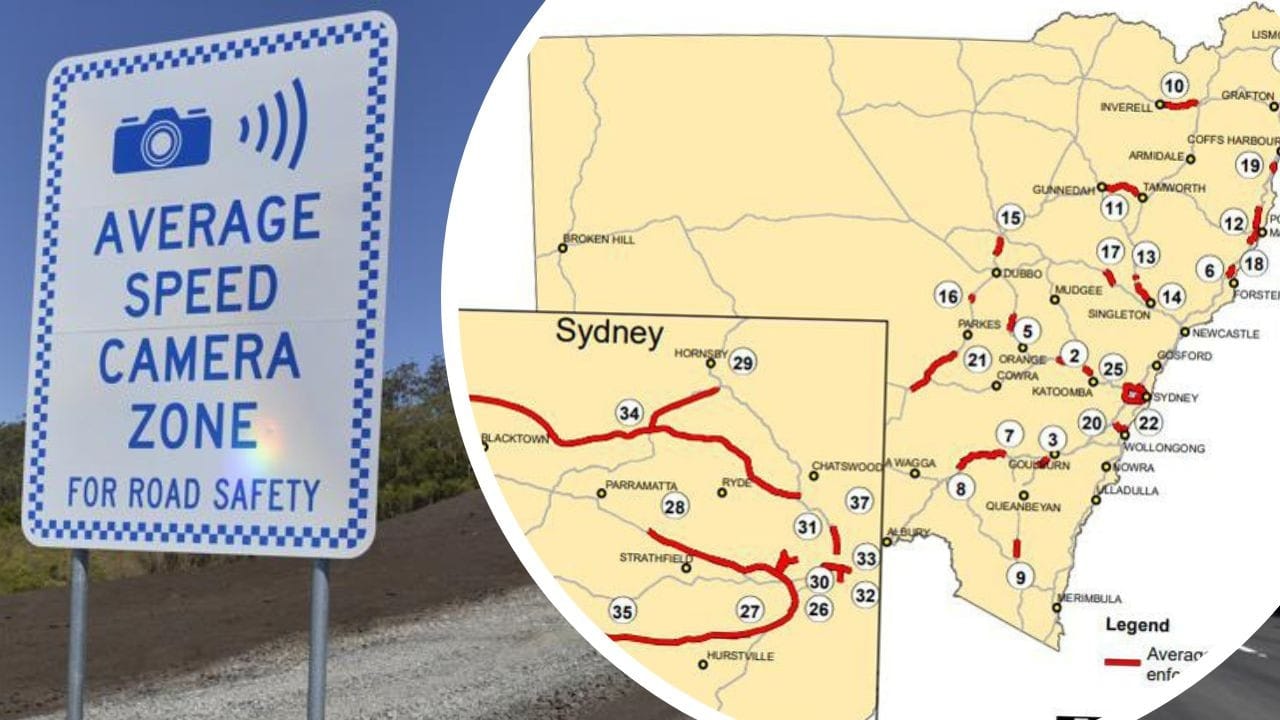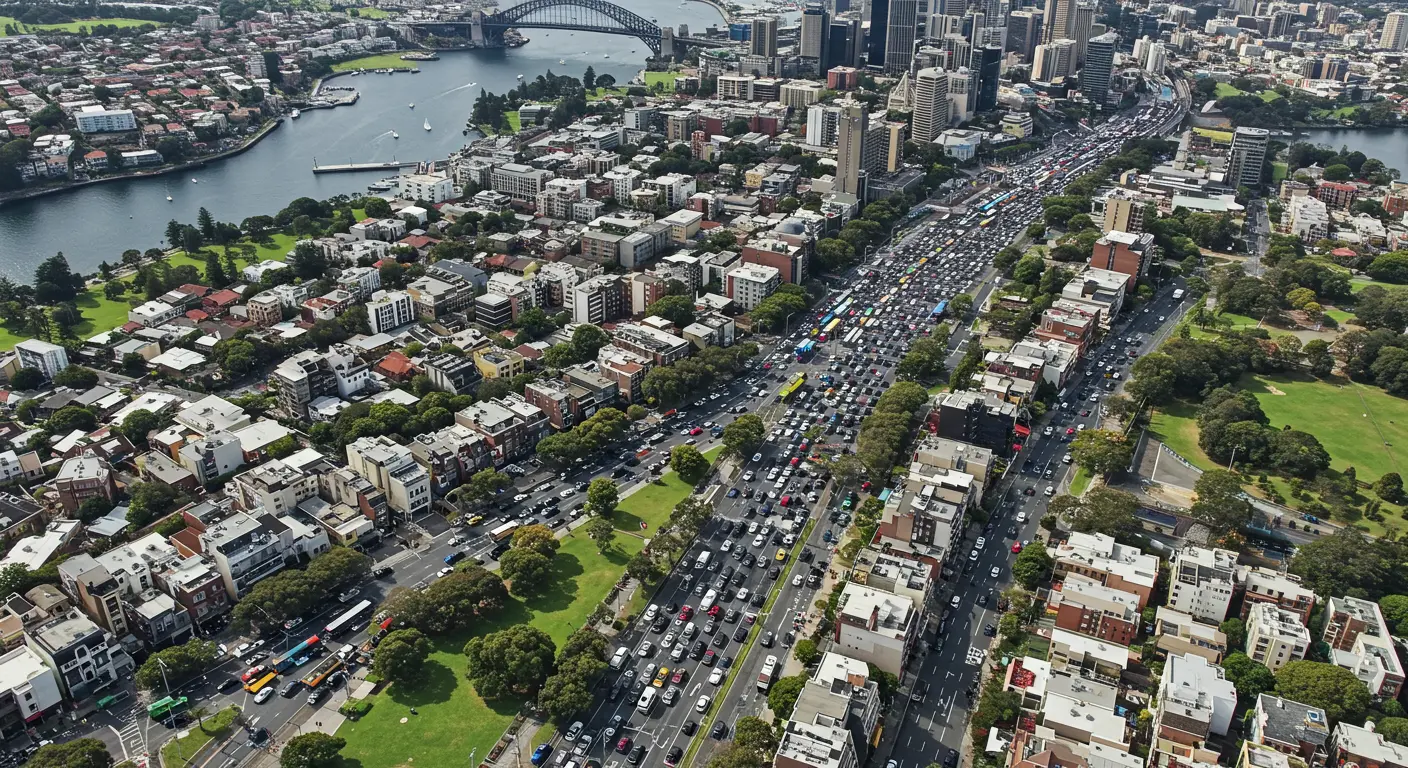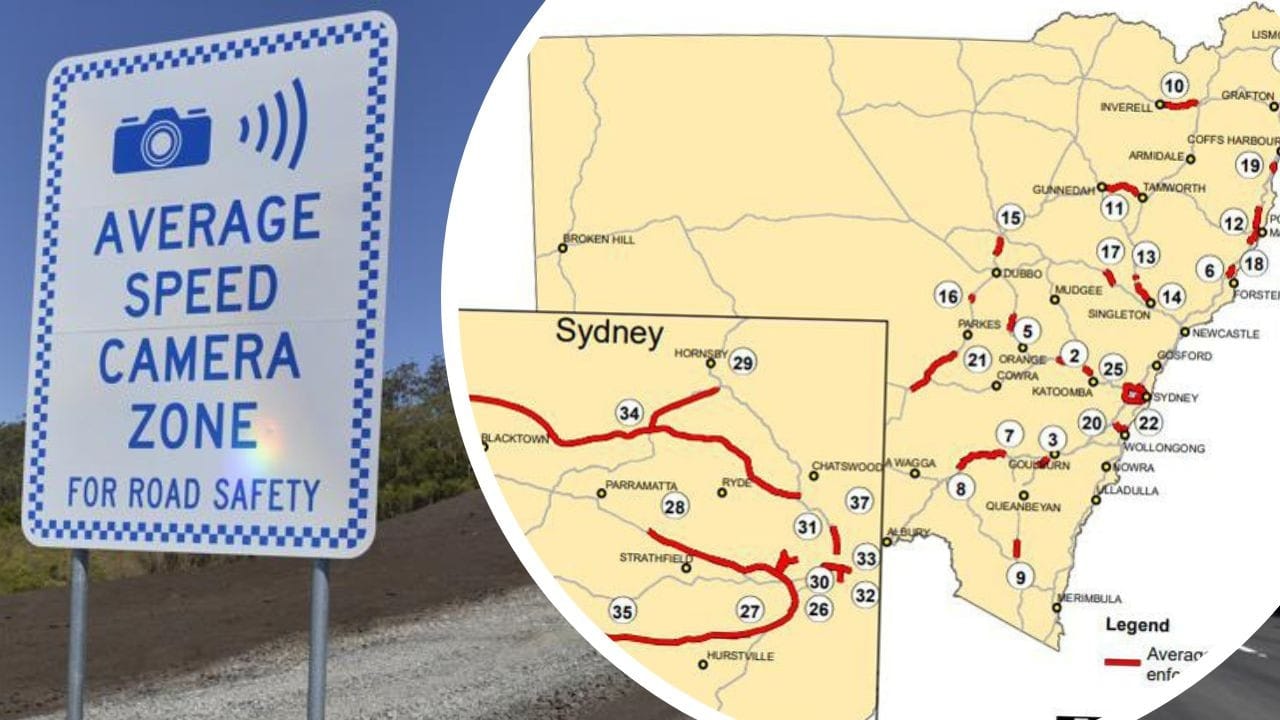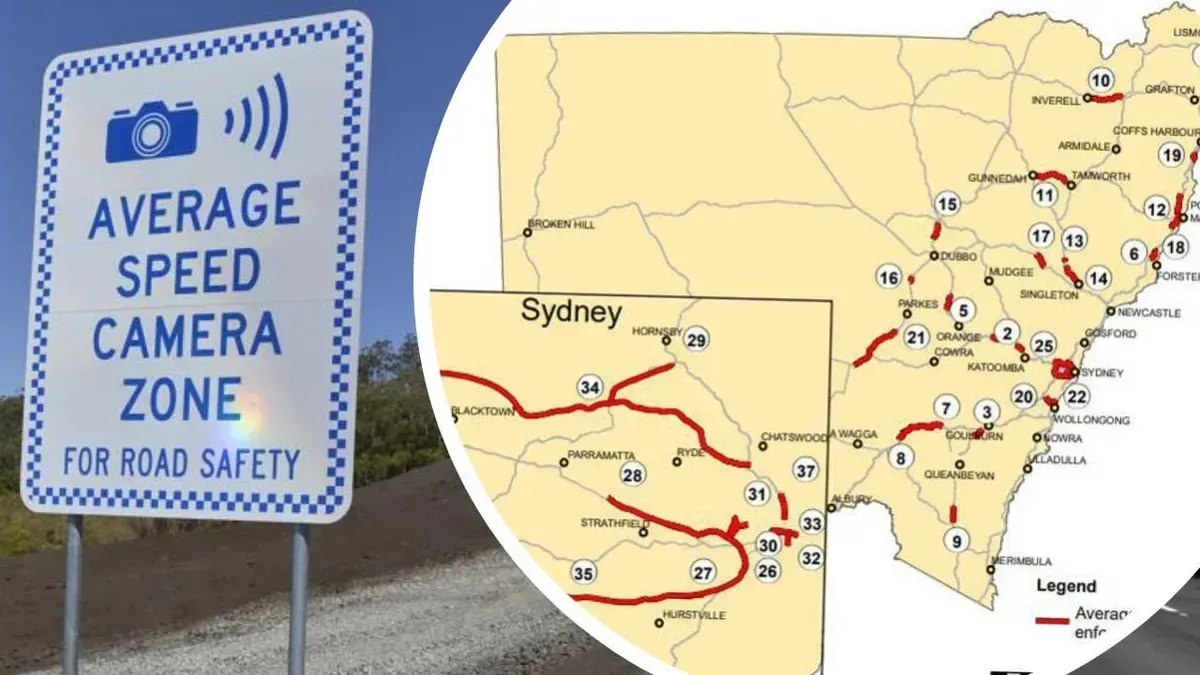In December 2024, Australia reached a significant milestone with 1 million people holding multiple jobs, representing 6.7% of employed Australians. This is the first time the country has crossed this threshold, marking an important shift in employment patterns. The phenomenon of multiple job-holding creates a ripple effect throughout society, particularly on roads and transportation systems. This report examines how Australia's growing number of multiple job holders affects traffic patterns, road safety, insurance costs, and broader societal impacts.
The Rise of Multiple Job Holding in Australia
The number of Australians holding multiple jobs increased by 1.7% in the December quarter of 2024, pushing the total to 1 million for the first time. This trend represents a significant shift in the Australian labor market, where multiple job-holding now affects about one in every fifteen employed people.
Demographic and Industry Patterns
Multiple job-holding is more prevalent among certain demographic groups. Women are more likely to hold multiple jobs than men, with 7.6% of employed women working multiple jobs compared to 6.0% of employed men. Young workers aged 20-24 years have the highest rate of multiple job-holding at 9.0%.
Industry distribution also shows distinctive patterns. Healthcare and social assistance has the largest share, with nearly 200,000 multiple job-holders. The administrative and support services industry has the highest rate at 9.2%. Community and personal service workers are the most likely occupational group to hold multiple jobs, with a rate of 9.9%.
Increased Commuting Burden
Multiple job holders face unique commuting challenges that contribute to increased road usage and traffic congestion.
Additional Travel Requirements
Multiple job holders work an average of 29.9 hours in their main job and 9.2 hours in their secondary jobs, totaling 39.1 hours per week. This split schedule often necessitates additional commute trips beyond the standard two daily journeys.
The commuting costs can quadruple for those who must travel to work, back home, then to a second job, and back home again. This pattern creates a substantially heavier commuting burden compared to single-job workers.
Extended Commuting Distances
Australian workers already face significant commuting distances. The average commute in Australia is 16.5 kilometers one way, with considerable variation between cities:
- Brisbane: 33 km
- Adelaide and Melbourne: 30 km each
- Perth: 29 km
- Sydney: 28 km
For multiple job holders, these distances may be multiplied across different workplaces, especially if their jobs are in different industries or locations. The burden is particularly heavy for those living in regional areas, where average commuting distances can reach 25.8 km for coastal country regions and 31.2 km for remote regions.
Traffic Congestion and Road System Impacts
Intensified Peak Hour Traffic
Australia's cities already face severe traffic congestion issues. In 2023, Brisbane drivers lost 74 hours per year due to traffic congestion, and Sydney's average speed during peak hours is just 23 km/h. Multiple job holders likely contribute to this congestion in several ways.
Non-Traditional Commuting Patterns
While most workers follow standard commuting hours, multiple job holders often travel at non-traditional times to accommodate different work schedules. This can extend congestion beyond typical peak hours and create new traffic pressure points throughout the day.
In cities where "many workers travel to city centers for jobs," the concentration of employment in central business districts already strains transportation infrastructure. Multiple job holders may exacerbate this issue by making additional trips to different employment centers.
Inadequate Public Transportation
Australia's public transportation system struggles to meet diverse commuting needs, with reports indicating it "doesn't cover enough areas" and is often insufficient for complex travel patterns. This inadequacy may force multiple job holders to rely more heavily on private vehicles, further increasing road congestion.
Insurance and Economic Costs
Rising Car Insurance Premiums
Multiple job holders who drive more due to second jobs face higher insurance costs. Adjusting annual mileage on a car insurance policy "can have a significant impact on costs, with premiums varying by as much as $454 a year". For those doubling their commuting distance due to a second job, this represents a considerable additional expense.
Road Safety Implications
More time on the road correlates with increased accident risk. In 2022, Australia recorded 1,194 road crash deaths, representing a 5.8% increase from the previous year. With more drivers making additional trips, the overall exposure to accident risk increases.
Australia's fatality rate per 100 million Vehicle Kilometers Travelled (VKT) varies significantly by territory:
- Northern Territory: 2.17
- Tasmania: 0.98
- Western Australia: 0.61
- Queensland: 0.54
As multiple job holders contribute more VKT to the system, the absolute number of accidents may increase even if the rate per VKT remains constant.
Broader Economic Impact
The total economic cost of road trauma in Australia is estimated at $22.2 billion, with each road fatality costing approximately $4.34 million. This burden includes immediate emergency response costs, healthcare expenses, and long-term productivity losses.
The collective commuting expenditure is already substantial, with Australians spending an estimated $43.2 billion annually on commuting. Multiple job holders likely bear a disproportionate share of this cost burden.
Personal and Social Consequences
Financial Trade-offs
The decision to take a second job often aims to improve financial circumstances, but the additional commuting costs can significantly offset income gains. Beyond fuel and vehicle maintenance, multiple job holders face:
- Higher vehicle depreciation due to increased mileage
- Additional parking fees
- More frequent car replacement needs due to accelerated wear and tear
Time and Quality of Life Impact
The maximum commuting time Australians are willing to tolerate before changing jobs or moving is 62 minutes, while the maximum weekly commuting cost they'll accept is $80. Multiple job holders may regularly exceed these thresholds, potentially leading to job changes, relocation, or lifestyle adjustments.
The expanded commuting burden also impacts family time, rest periods, and overall quality of life. This may contribute to stress, fatigue, and reduced job satisfaction.
Final Comments:
The milestone of 1 million Australians holding multiple jobs represents more than just an employment statistic—it signals a structural shift with far-reaching implications for transportation systems, road safety, and personal well-being. The additional commuting burden placed on multiple job holders contributes to increased traffic volume, extended congestion periods, and higher economic and personal costs.
As this trend continues, policymakers may need to consider targeted transportation solutions that address the unique needs of multiple job holders. This could include improved public transit options for complex commuting patterns, incentives for carpooling or alternative work arrangements, and traffic management strategies that account for non-traditional commuting times.
For individuals, the full cost of holding multiple jobs—including commuting expenses, insurance increases, vehicle depreciation, and time costs—should be carefully weighed against the additional income. For society, the collective impact of multiple job holding on road systems represents a significant challenge that merits focused attention and innovative solutions.
